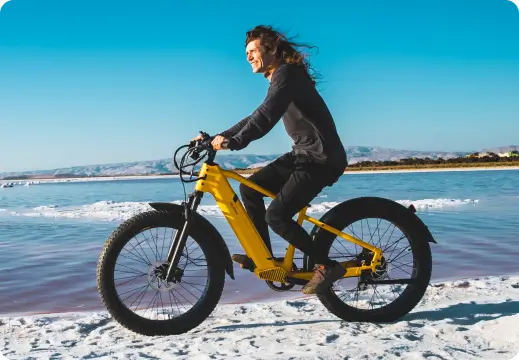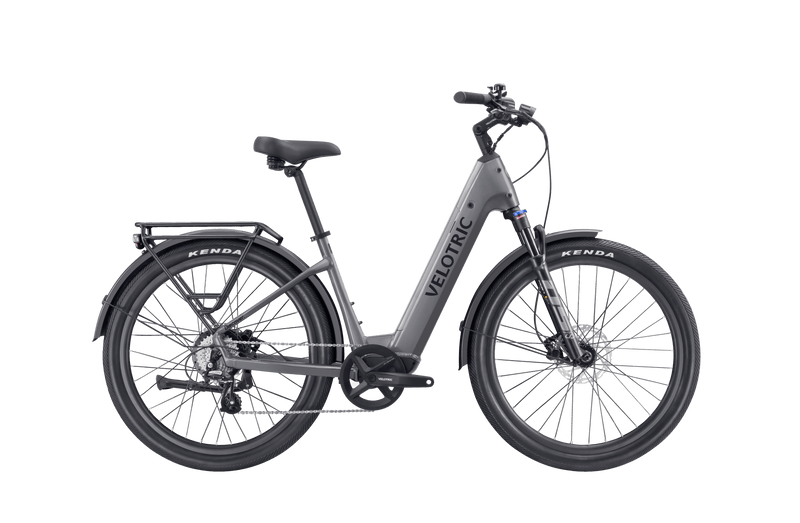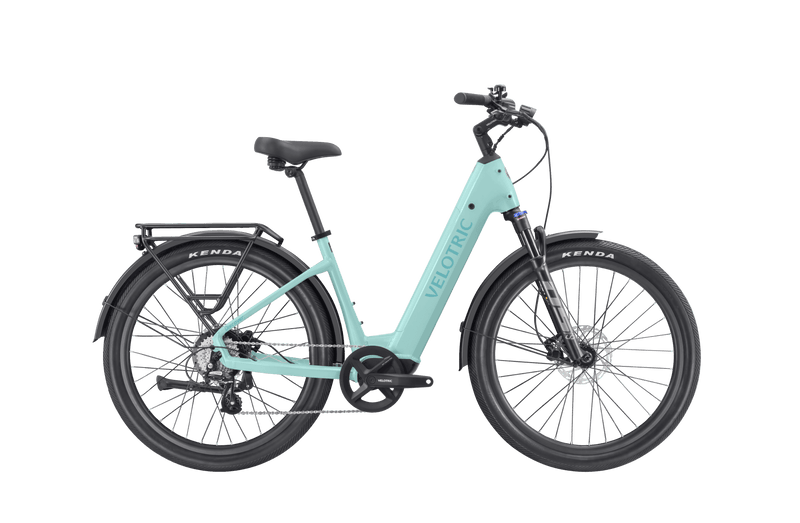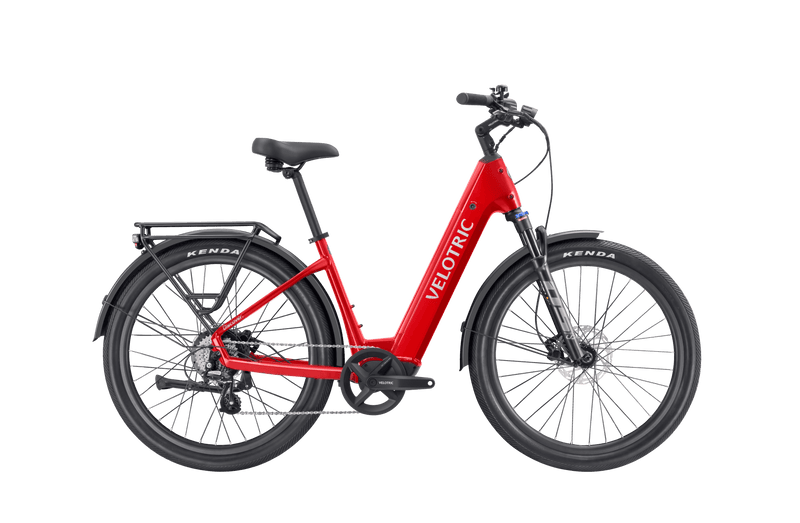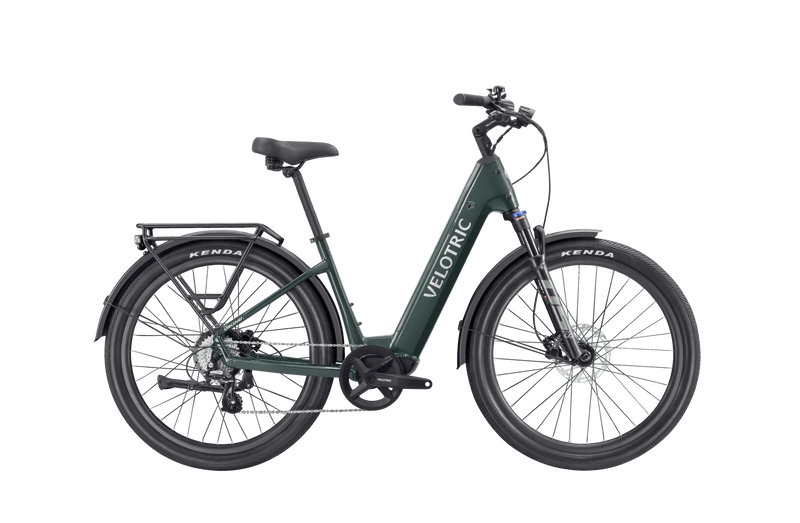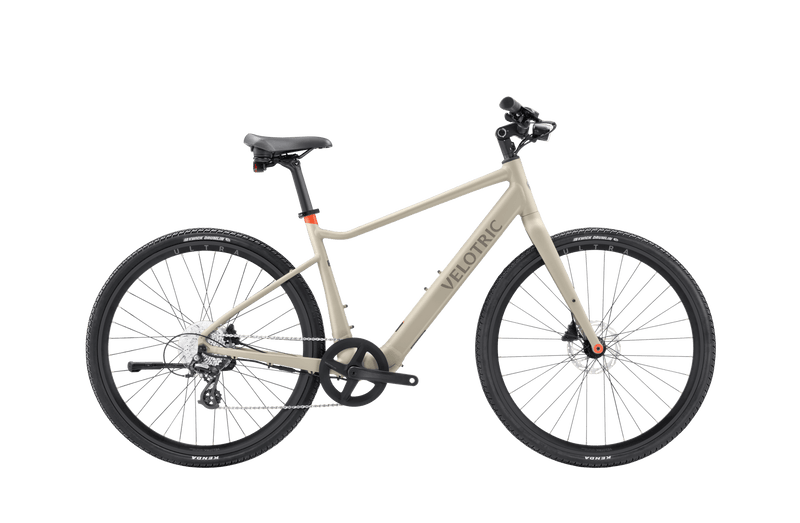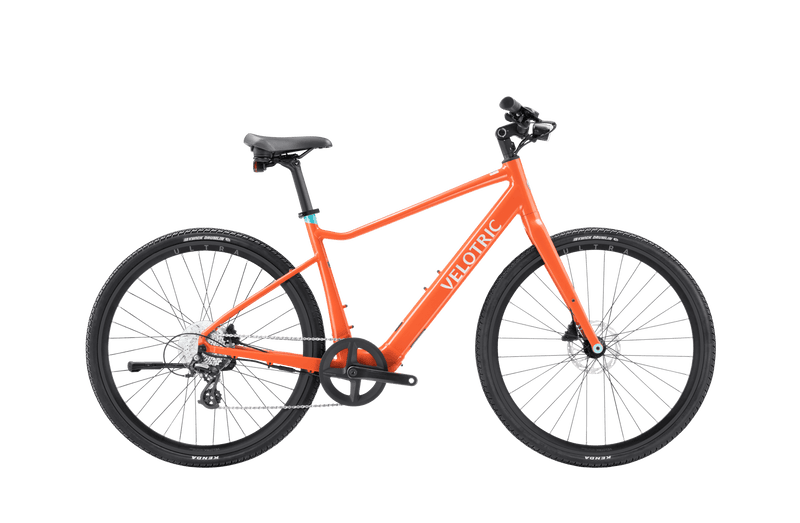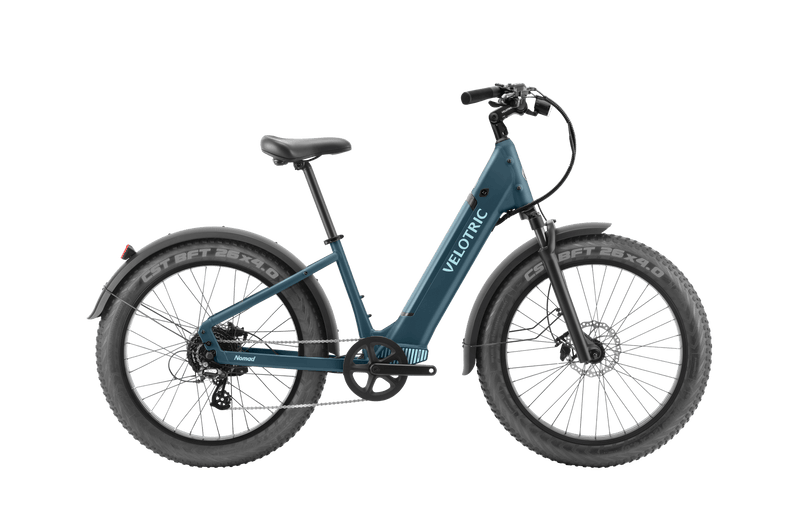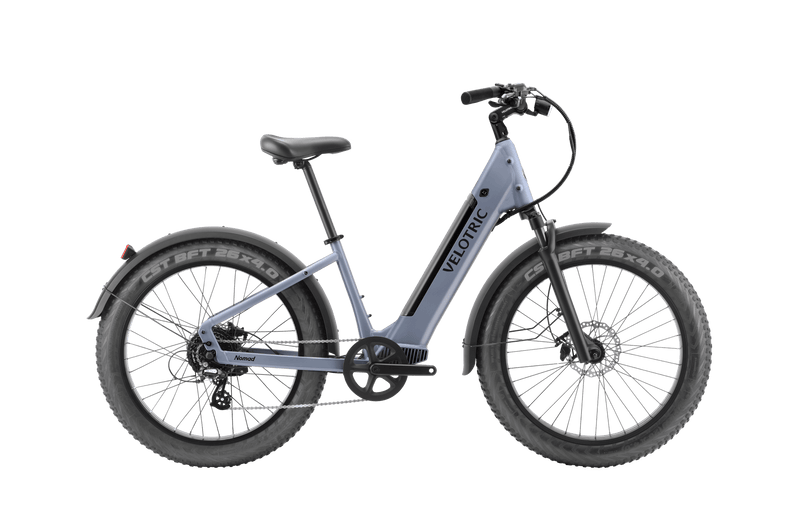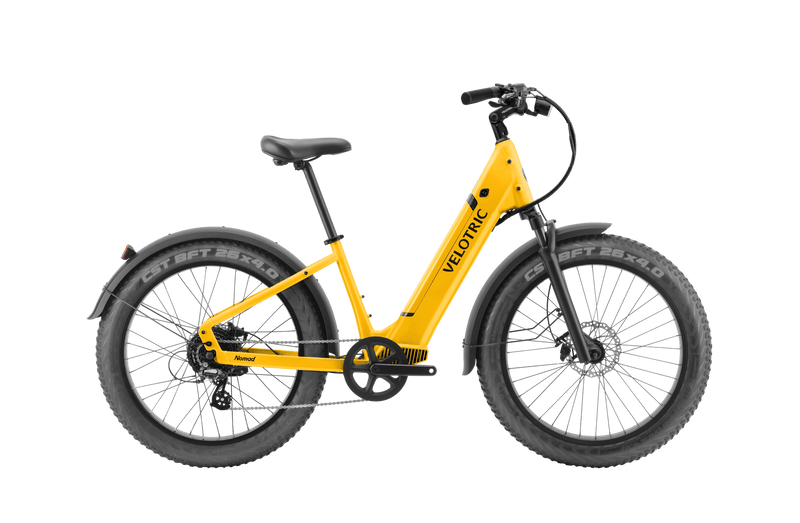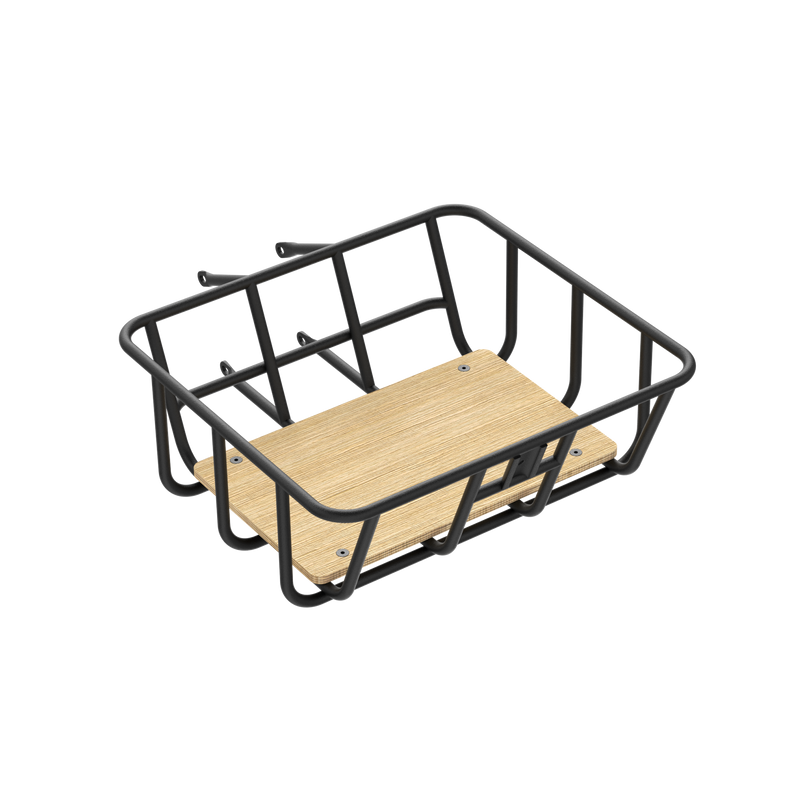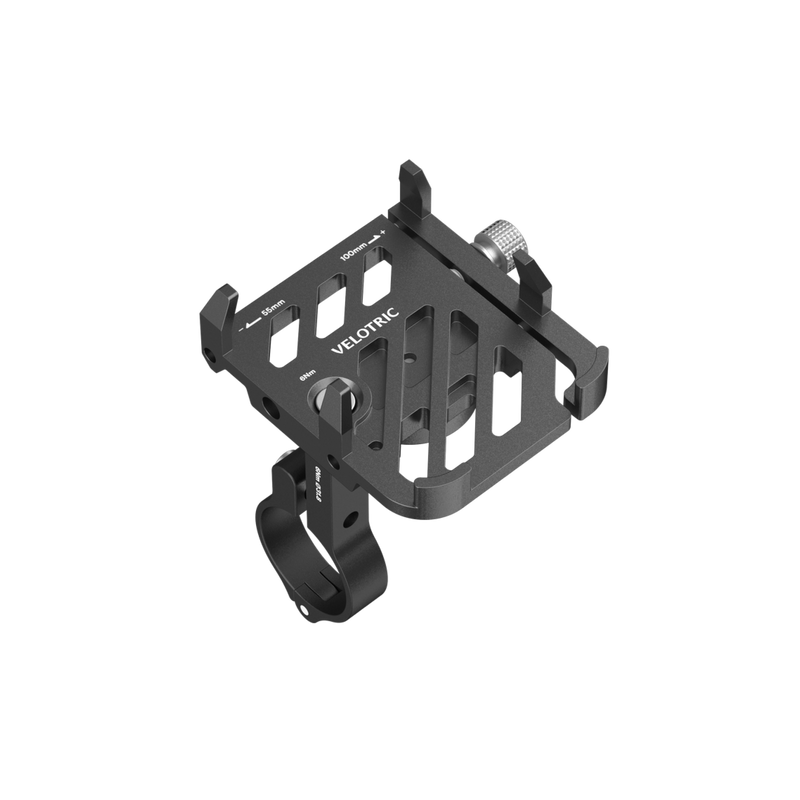Cycling is an awesome workout, and e-bikes are becoming hugely popular. With pedal assist, bicycle riders can go greater distances more efficiently. Motorized bicycles are great for commuting to work or tackling trails, and they make for a nice opportunity to enjoy the beautiful scenery along the many bike paths across the country.
Washington state has heaps of beautiful bike rides, but they’re not all e-bike friendly — so before you load up your electric bike and head to the trail, it’s important to know Washington’s electric bike laws.
What’s legally considered an e-bike in Washington?
To be legally considered e-bikes in Washington, bikes need to have a seat, operable pedals, two to three wheels, and an electric motor that can have a power output of up to 750 watts. There are three classes of e-bikes: Class 1, Class 2, and Class 3. We’ll go into detail on these later.
E-bike motors are designed to assist until the bicycle reaches a speed of no more than 28 miles per hour (mph). Once the bike reaches the top speed, the motor stops working.
Generally, electric bicycles have labels from the manufacturer that show their classification number, motors’ power, and top assisted speeds. If you alter your bike to go faster, you must replace the label to reflect the new top speed.
E-bike laws in Washington
Washington’s state laws treat e-bikes a lot like bicycles, but there are a few differences. We’ll get into some of the e-bike laws in Washington.
Where are you allowed to ride e-bikes in Washington?
Most e-bike laws in Washington are similar to bike laws. It’s generally OK to ride Class 1 and Class 2 e-bikes on most bicycle paths on state and locally owned lands. It’s more complicated for Class 3 e-bikes. Class 3 bikes aren’t allowed on shared-use pathways or sidewalks in most cases. Some areas restrict Class 3 bikes entirely.
You can’t take your e-bike on a single track (trail designed for one mountain bike) if the area doesn’t permit vehicles like cars and scooters. There are also a lot of mountain ranges that don’t allow e-bikes. Localities can also make rules and restrictions regarding e-bikes.
Are e-bikes allowed on Washington bike trails and public land?
On lands controlled by the Washington Department of Fish and Wildlife (WDFW), Class 1 and Class 2 e-bikes are usually OK to use where you can ride human-power bicycles. However, Class 3 e-bikes must stay on motor trails.
In recent years, many national parks in Washington have begun to allow Class 1 and Class 3 e-bikes on their bike trails. The federal government previously recognized e-bikes as motor power vehicles, like mopeds.
E-bikes are typically not allowed on public lands run by the U.S. Forest Service, however.
What class of e-bikes are legal in Washington?
You can use three classes of e-bikes in Washington:
- Class 1. A Class 1 e-bike motor will assist while the bicyclist is pedaling (pedal assist). The motor stops assisting the cyclist when the bike reaches 20 mph. This option doesn’t include throttle assist.
- Class 2. A Class 2 e-bike motor assists even when the cyclist isn’t pedaling and comes with throttle assist. It also stops assisting when the bike reaches 20 mph.
- Class 3. A Class 3 e-bike motor only assists while the cyclist is pedaling but will help until the bike reaches 28 mph. This option has no throttle assist.
Class 3 e-bikes must have speedometers, and they’re restricted in some areas that allow Class 1 and Class 2 bikes. Many states also have minimum age requirements for Class 3 e-bike riders.
How old do you have to be to ride an e-bike in Washington?
Anyone can ride a Class 1 or Class 2 e-bike in Washington, but bicyclists who ride Class 3 e-bikes must be at least 16 years of age.
Do you need a helmet when riding an e-bike in Washington?
States make their own bicycle helmet laws. Some states, like Oregon, have helmet laws for young cyclists. Other states let local authorities make helmet laws. Washington’s localities create their own laws for e-bikes of all classes.
It’s pretty difficult to fairly police helmets. In fact, King County, which includes Seattle, recently dropped its helmet mandate (in effect since 1993). But just because there’s no law making you wear a helmet doesn’t mean you shouldn’t wear one.
It’s really important to protect your noggin. Check out our helmet guide for tips on finding a great helmet.
Do you need a license to ride an e-bike in Washington?
Electric-assisted bicycles can save you money in insurance fees over motor vehicles. You don’t need a driver’s license or insurance to use an e-bike in Washington.
Local ordinances for e-bikes in Washington
Localities in Washington have the power to restrict or allow e-bikes in certain areas to promote public safety or preserve natural surface trails. Always check with local land management to see if it’s OK to ride an e-bike (especially a Class 3 e-bike) in a certain area.
For example, Kings County Parks and Recreation — which manages the beautiful Sammamish River Trail — allows Class 1 and Class 2 e-bikes on bike trails but not Class 3 e-bikes.
What you should know before riding your e-bike in Washington
If you’re planning an e-bike trip to Washington, you won’t be disappointed. There are plenty of places to ride. Take a ferry to Bainbridge Island, see historical landmarks on the Centennial Trail, or peek at the wildlife from the bike lanes of the Lake Washington Loop.
Just make sure you know the rules of the road. Check with local or state land managers or the U.S. Forest Service (for public lands) and do a quick online search to see if any ordinances restrict e-bikes in the area.
Experience a Velotric e-bike in Washington
Now that you’ve found the perfect Washington trail to explore, you only need the right e-bike. Velotric has some excellent models.
The Discover 1 has a sleek design and an energy-efficient 500/900W rated/peak motor designed to help you weave through the city. It can go up to 65 miles on a single charge.
The all-terrain Nomad 1 has fat wheels, a thick frame, and a more powerful 750/1,200W motor to help you climb those bumpy trails. It can go up to 55 miles on a single charge (the shorter distance is due to being a heavier model).
Both bikes have top-of-the-line Shimano hydraulic disc brakes and an Underwriters Laboratory (UL2271) safety and reliability certified 48V 14.4Ah battery that can charge in only six hours.
You can also choose between a high-step or step-through frame for either model. Let Velotric help you find your new e-bike.






































